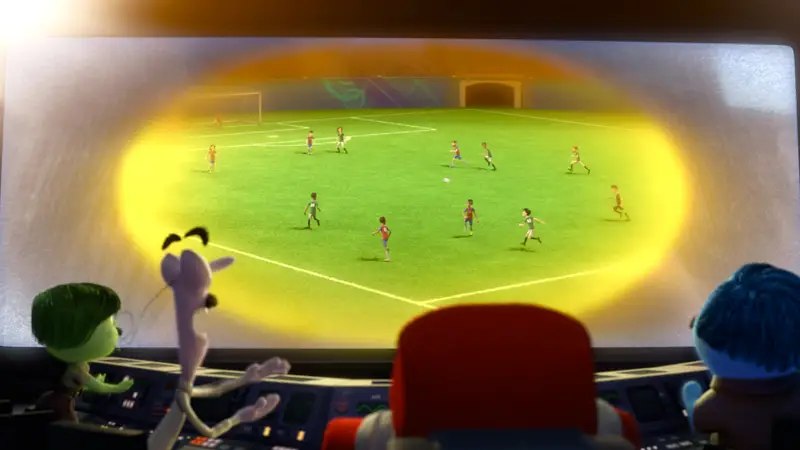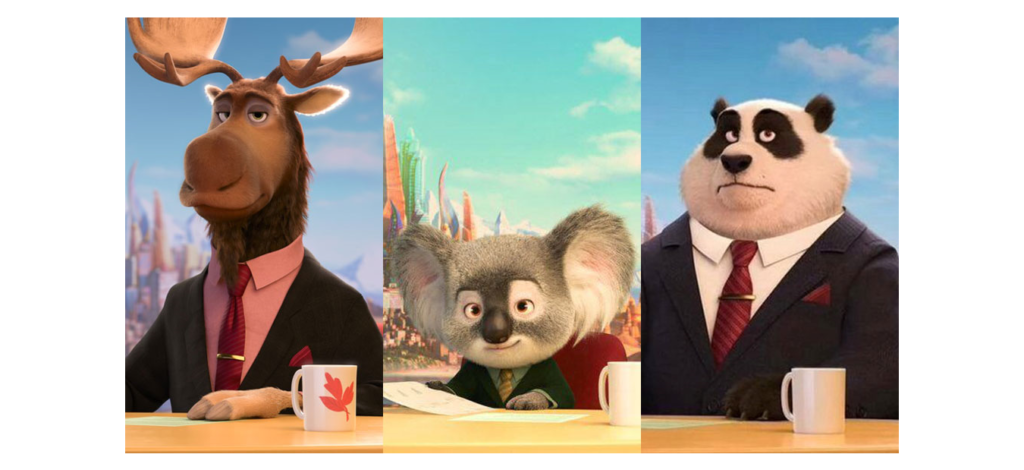Nowadays, children are often put in front of screens and television from a very young age.
Indeed, there is a wide range of entertainment programmes, films and even cartoons for all tastes, allowing them to open up their knowledge and develop their brain and its ability to memorise what seems good and not so good. But animated films are probably the greatest source of influence for children. That is why it is very important not to neglect what they watch and therefore what is shown.
The productions of these films must therefore pay attention to more than just the translation of the dialogue. You have to adapt to the target market to succeed, because not everything is accepted everywhere.
If a phrase or even an image seems harmless in American culture, it may not be accepted at all in Asia or Europe.
Here are two examples that may seem trivial to you, but are very well targeted when you think about it.


‘Inside Out’ 2015 produced by Pixar Animation Studios
1st example: In the film ‘Inside Out’, which is a film originating from the United States, on the stage we see the protagonists playing hockey (a sport which is very popular in the US and Canada) but on the left-hand image we find the same scene with the characters playing football. Indeed, this sport being much more popular in Europe, some countries have broadcast the scene with football instead of hockey. The reason for this is to make the spectators feel concerned by this film.

This 2nd example, as you will have understood from the image, is of the same aspect as the first. Indeed, for reasons of reference, the producers of the film Zootopia have decided to adapt the TV presenter to their audience. A moose for the US and Canada, a koala for the Australians or a panda for the Japanese, animals that in each case perfectly represent the region to which they are associated
These examples show how productions ensure that the audience can relate to what they see on screen and therefore reach a maximum number of people
This is why choosing a company like 2002 Studios Media, with its experience in the field and specialising in localisation, will ensure that you have relevant content for an international audience. Whether it’s audio, video or more, we will provide the best possible translation and transcription for the project in question, depending on the region of broadcast.